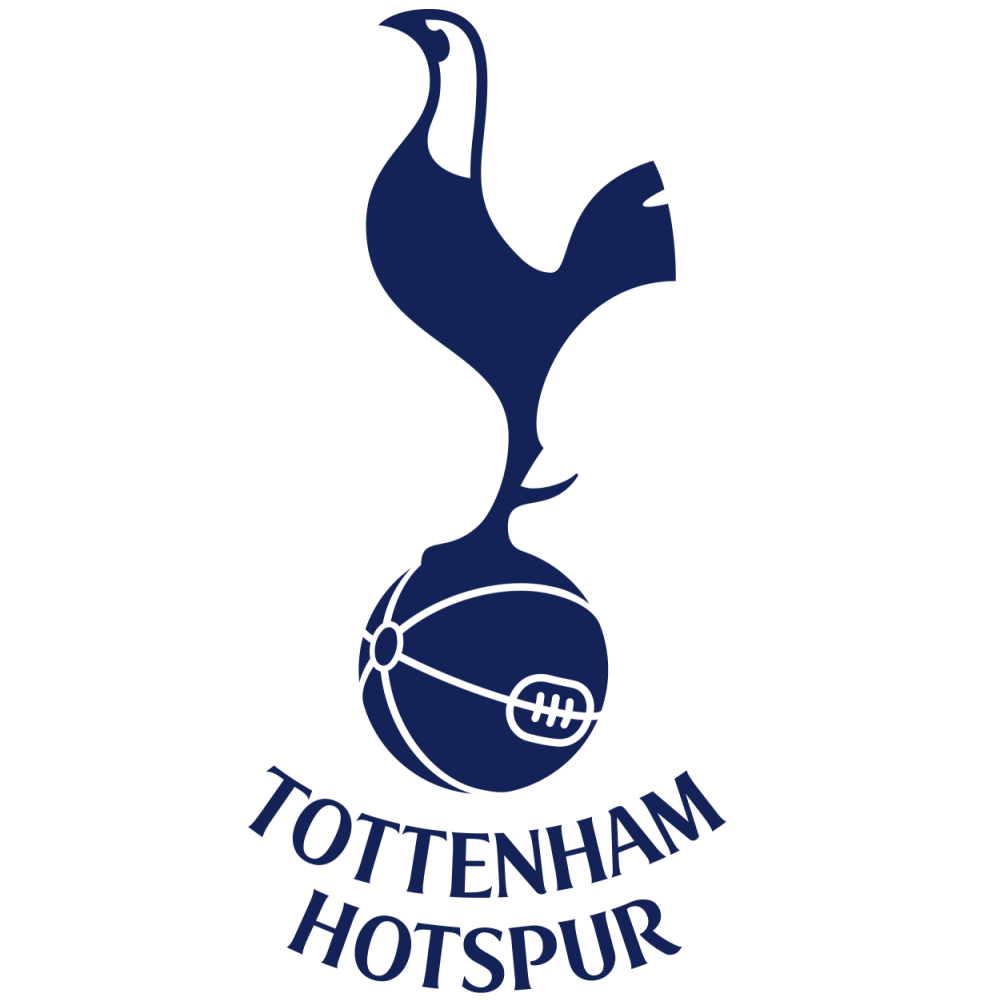'You could see an ocean of corpses from the window.'
The account of Pedro Nava, who was 15 years old when he arrived in Brazil, describes the horror that enveloped Rio de Janeiro during one of the deadliest pandemics in human history. In 1918, the same year the guns of the Great War fell silent, Spanish Flu claimed the lives of an estimated 50 million people in a medical holocaust unseen since the days of the Black Death.
In the tightly-packed shanty towns of Rio, the influenza spread with aggressive ease. Unburied bodies populated the back streets and alleys, swollen and bloated as the authorities failed to remove them at the rate they were dumped. Graves were so shallow that appendages would emerge from the soil and emetic rumours swirled around that body parts were being sold as jewellery.
This post-apocalyptic scenery, told in Laura Spinney's 'Pale Rider: The Spanish Flu of 1918 and How It Changed The World', incarnates the statistics of a human tragedy so often cloistered away in the footnotes of history.
It's also the same setting in which we've become used to seeing young children playing football in the streets, imitating the heroes of the Brazilian national team and dreaming of games at the Maracana. However, with eerie similarity to contemporary scenes, Nava tells of how 'footballers played to empty stadia' in a city typified by its community spirit.
Pandemics across history
As Gina Kolata has reiterated, the differences between Spanish Flu and coronavirus are interminable, but there are still lessons to be learned from the response to pandemics. Sport has become a major talking point due to the risks associated with thousands of people congregating in the face of such a vicious, respiratory pathogen.
Selected European games have been played behind closed doors, void of handshakes for good measure, in the same way that large gatherings were barred during the events of 102 years ago. Vigilant police officers would come 'bursting in with batons' if the bans on mass gatherings were violated, using indiscriminate violence typical of the pre-civil rights era.
Impact on American sport
Up the spine of the American continent, Spanish Flu ravaged sporting competition with equal fervour. Expert John Barry tells of how American baseball players were photographed in face masks in 1919 and few college football matches were given the green light. The 'work or fight' order even deemed sport as 'unnecessary labour', cutting the Major League Baseball season short and forcing athletes to search for jobs that were deemed 'essential'.
The Philadelphia Inquirer tells of Penn Quakers games being played in empty stadia, former tackle William Robinson dying of illness and brother of A’s manager Connie Mack, Tom, succumbing to the flu beside his famous sibling. Quakers coach Bob Folwell was hospitalised and by October, only 22 players were even healthy enough for training.
And if you look especially close on the Stanley Cup trophy, you'll be able to read the message 'series not completed' under the year 1919. Several Montreal Canadiens players passed out with fevers as high as 40.5 Celsius after the fifth game and the series remained tied at 2-2-1. One of the afflicted players, Joe Hall, died within four days and Montreal general manager George Kennedy never recovered from the flu, passing away years later.
It was damning and tragic proof that even the fittest and strongest members of society were not immune to a condition that would infect one third of the global population. The same pathogen that saw corpses pile up in the Brazilian favelas would cause heartbreak and grief across Africa, Asia, Europe and Oceania with a death rate to overwhelm the Great War.
Post-pandemic positives for sport
However, as the world crawled out from beneath the black smoke of the pandemic, there was sunlight and hope to meet them. The viciousness with which the flu spread throughout densely populated and ill-sanitised areas spawned movements that encouraged fresh air, activity and exercise. In the words of Spinney, the aftermath of the flu 'ushered in our passion for sport'.
Sport started to pervade the class ladder, evolving from a play thing of the elite to a unifying pastime of the masses. Even the very etymology of 'Spanish Flu' bears an intrinsic link to sport. Spanish King Alfonso XIII, whose infection had contributed to the christening of the pandemic, gave his royal imprimatur to a little-known football club in his nation's capital.
That very decision, which helped launch the beautiful game as Spain's fondest hobby, birthed the organisation we now know as Real Madrid CF, who went on to be named the 'FIFA Club of the Century' and Europe's most decorated side. Like the Christmas Truce earlier that decade, it served to show that the positivity of sport can emerge in the unlikeliest and bloodiest of circumstances.
Lessons of hope
The pandemics of both 1918 and now 2020 stand as reminders that humanity is always captive to the natural world around us. But just as these vile conditions are indiscriminate in who they infect, the similarly universal world of sport continues to unite people through suffering, no matter how extreme.
Bill Shankly's epigram that football, like sport, is more serious than life and death might be inaccurate, but the fellowship it creates transcends both those inevitabilities of existence. Let the Spanish Flu endure as proof in this difficult and uncertain time that even the deadliest threats to human beings are no match for the machinations that bring them together.




















